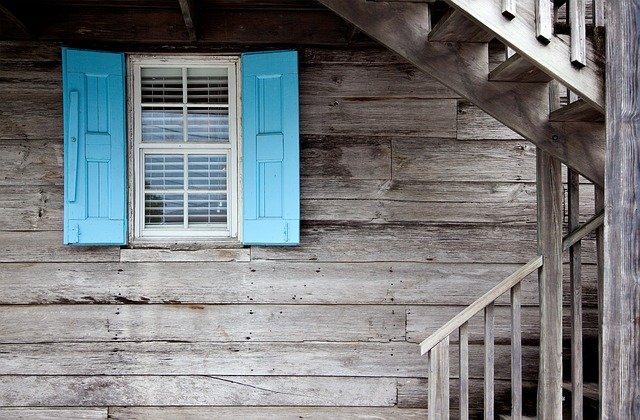Doors and windows are one of the most essential parts of a house. From keeping your home safe and secure by guarding it against the harsh elements of nature to let sunlight and ventilation in — these fixtures can do it all. Anyhow, just installing doors and windows is not enough. It is also important to glaze them. There are several types of glazing for various kinds of doors and windows available. One needs to research well and select the best glazing option for your home sweet home.
Nowadays, it would be nearly impossible to search for a building made without glass. Glazing which is used in the fenestration industry is the part of a window made up of glass, differentiating it from the window’s frame, or profile. The most common types of glazing used in building applications include clear and tinted float glass, tempered glass, and laminated glass as well as a variety of coated glasses, offered as single or double glazing.
Glazing can be mounted on the surface of a window sash or door stile mostly made up of wood, aluminium, or vinyl, or uPVC. The glass is fixed into the frame. Whether you are building a private home, office, or huge building, the choice of glazing you make plays a large role in the building’s overall energy efficiency, security, and noise levels.
Importance of Glazing
Glazing helps in minimizing heat loss, air leakage, and lower condensation. What is more, it helps you to reduce down your energy consumption drastically because it makes your home more energy efficient by reducing too much heat transfer.
Types of glazing for windows and doors
Single Glass Glazing
As suggested by the name, a single glazed glass is made up of just one layer of glass. Normally, its thickness ranges from 3/32” to 9/16”. For a very long time, it was the only viable glazing option. Fortunately, as people became aware of increasing global warming and the increasing need for efficiency, its popularity dwindled.
The reason is simple and that is solar energy, both light and heat easily pass through this glass. Hence, energy loss is considerable. Such glazing will provide very little energy efficiency with just an R-1 insulating value.
The only advantage of single-glazed doors and windows is that they are cheaper to install. However, do not get influenced by the pricing. In the long run, it will cost you extra dollars for heating and cooling your place with single panes of glass or glaze.
Double Glass Glazing
Double glazing windows have two panes of glass. Hence, they will help with insulation as well as noise reduction to a very large extent. They can retain heat and keep out the cold more effectively and efficiently, and vice versa. You can save energy savings by leaving a smaller carbon footprint.
The amazing part is that such a window or door lets in as much light as a single glazed glass. The extra space between the glass acts as additional insulation.
Triple Glass Glazing
Today, these types of glazed glasses are found in most urban houses. Triple glazing uses three panes of glass and the extra panes help in increasing efficiency. It helps in keeping more heat in and cold air out, making this the most energy-efficient glass option which also lasts longer.
It is a great option for colder climates where most of the year is spent heating the living space. And, it also reduces noise transmission to a great extent. Therefore, triple-glazed windows and doors are a great option for people who are concerned about both the economy and the environment.
Now that we are familiar with the three basic types of glazing for windows and doors, it is time for a lowdown on the types of glass varieties that are ideal for glazing. Here are a few types of window glasses for your place.
Heat Insulating Glazing
High-quality insulating glazing cuts down energy amounts from heating. Thanks to the high surface temperature and improved joint impermeability, the air inside the room does not just cool down saving energy, heat, and costs. Additional solar protection must also be added as required.
Solar Control Glass (Solar Glazing)
Solar control glass can be used to prevent and minimize extreme increases in indoor temperatures. The glass panes are made with a reflective coating or an absorbent, coloured layer (iron oxide or copper oxide). The advantages of solar glazing include:
- Minimizing solar heat in buildings and reflect the solar radiation
- Reducing the costs of cooling
- Reducing the glare
- Reducing the bright light in extremely sunny regions
Our Final Thoughts
Now that you know about the different types of glazing and the latest technology of glass — you can easily select the perfect fit for your doors and windows. Before you begin the work, it is best to get a window replacement cost estimate as well. We are sure; your selection will make your home the most attractive, secure, and environment-friendly place.








